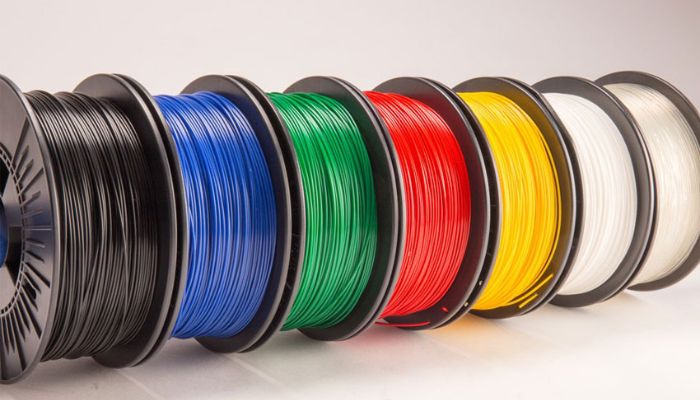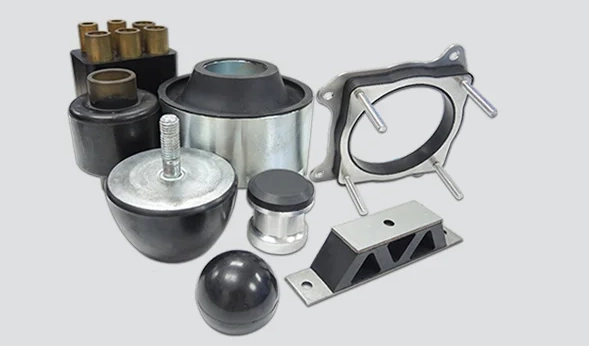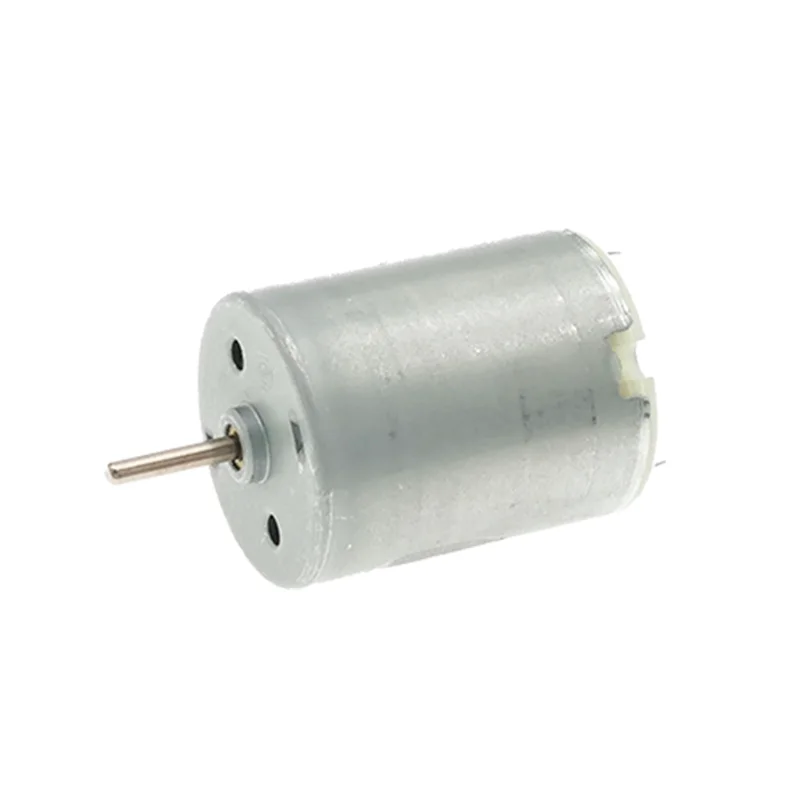Unveiling the Magic: The Intricate Process of 3D Image Printing

In the realm of technology, one of the most fascinating advancements is the ability to print 3D images. This process, which was once a figment of science fiction, is now a reality that is revolutionizing various industries, from healthcare to manufacturing. This article will delve into the intricate process of 3D image printing, exploring its underlying principles, the technology involved, and its practical applications.
The process of 3D image printing, also known as 3D printing or additive manufacturing, begins with a digital 3D model. This model can be created using computer-aided design (CAD) software or by scanning an existing object. The 3D printer then reads this digital file and lays down successive layers of printing material to build the model from a series of cross sections. These layers, which correspond to the virtual cross sections from the CAD model, are automatically joined or fused to create the final shape.
The materials used in 3D printing can vary widely, but they are typically plastic, metal, ceramic, or even biological materials. The choice of material depends on the printer and the end-use of the printed object. For instance, a biomedical engineer might use a 3D printer to create a synthetic bone out of a biocompatible material, while an automotive engineer might use a different type of printer to create a metal car part.
The technology behind 3D image printing is continually evolving. One of the most common techniques is Fused Deposition Modeling (FDM), where a thermoplastic filament is heated and extruded layer by layer. Another technique is Stereolithography (SLA), which uses a laser to solidify a liquid resin layer by layer. Selective Laser Sintering (SLS) is another method that uses a laser to fuse powdered material layer by layer. Each technique has its advantages and disadvantages, and the choice depends on the specific requirements of the project.
3D image printing has a wide range of applications. In the medical field, it is used to create patient-specific implants and prosthetics, as well as detailed anatomical models for surgical planning. In the manufacturing industry, it allows for rapid prototyping and the production of complex parts that would be difficult or impossible to make with traditional methods. In the art and fashion world, it opens up new possibilities for unique designs and personal customization.
However, like any technology, 3D image printing also has its challenges. These include the high cost of equipment and materials, the time-consuming nature of the printing process, and the need for skilled operators and designers. Moreover, there are also ethical and legal issues to consider, such as copyright infringement and the potential misuse of 3D printed products.
In conclusion, 3D image printing is a complex and fascinating process that is transforming the way we design and produce objects. As the technology continues to evolve, we can expect to see even more innovative applications and exciting developments in the future.



